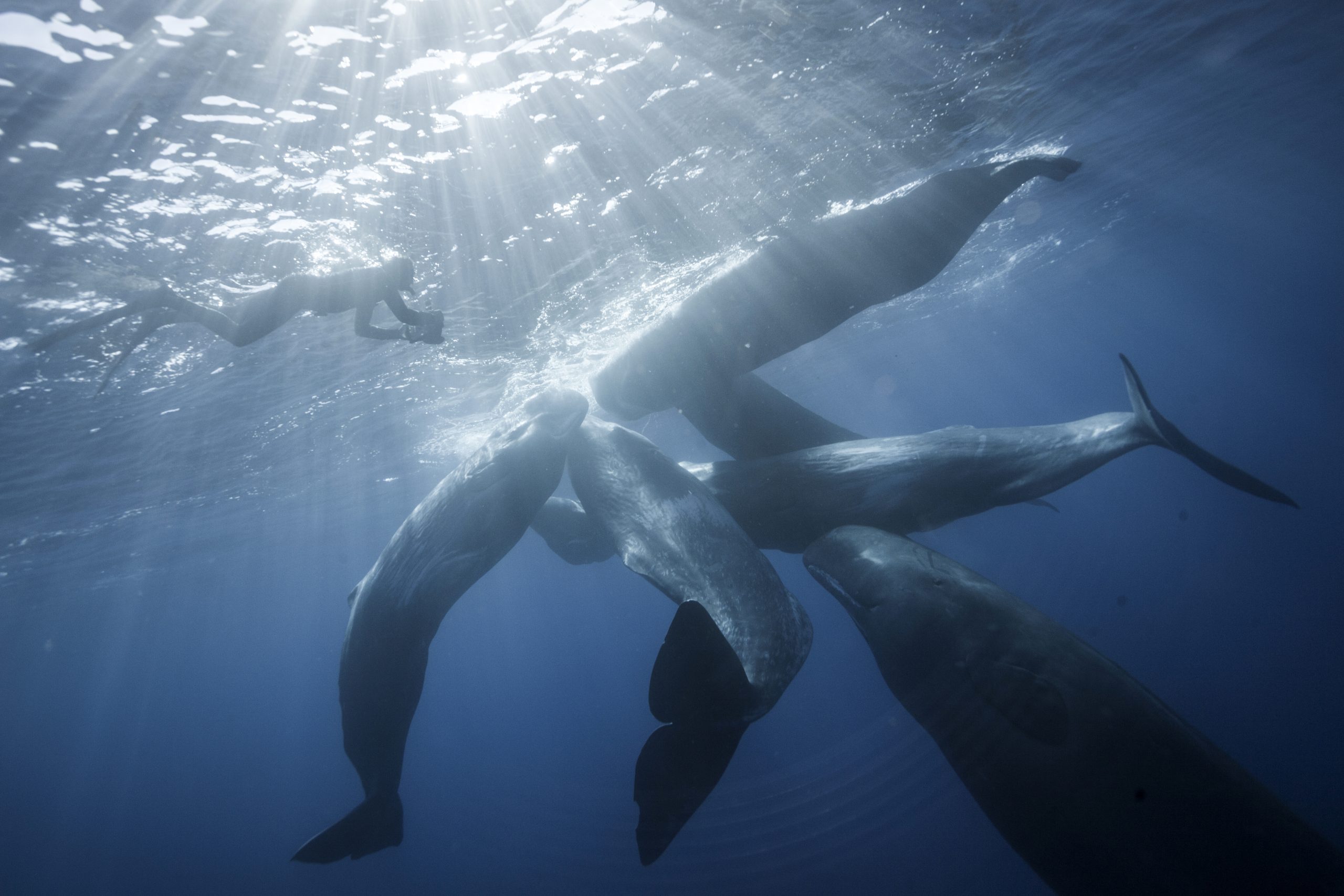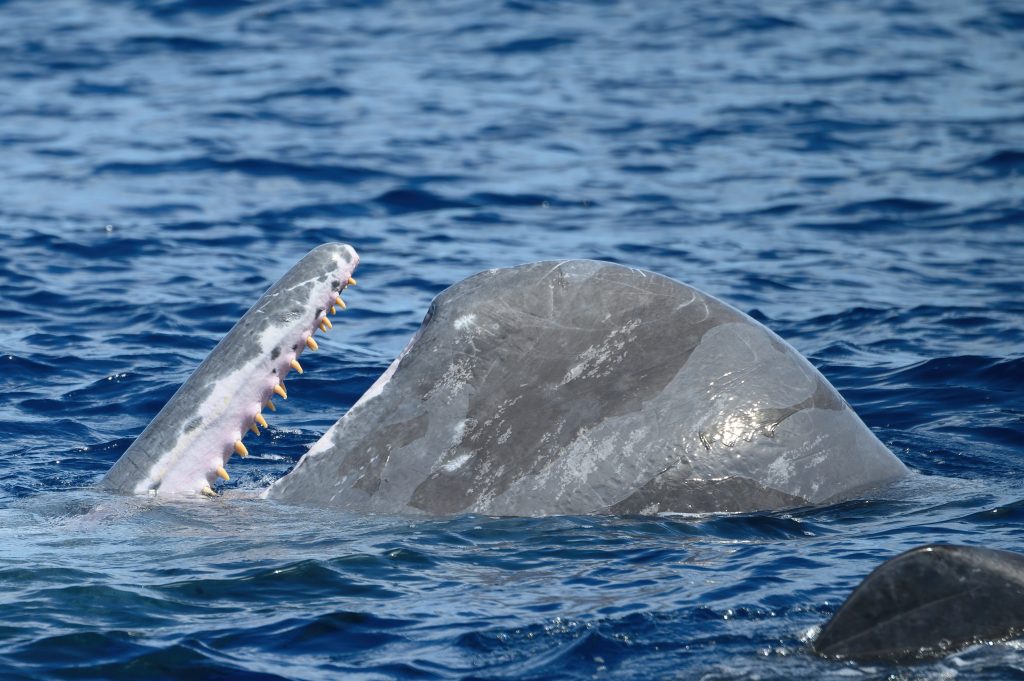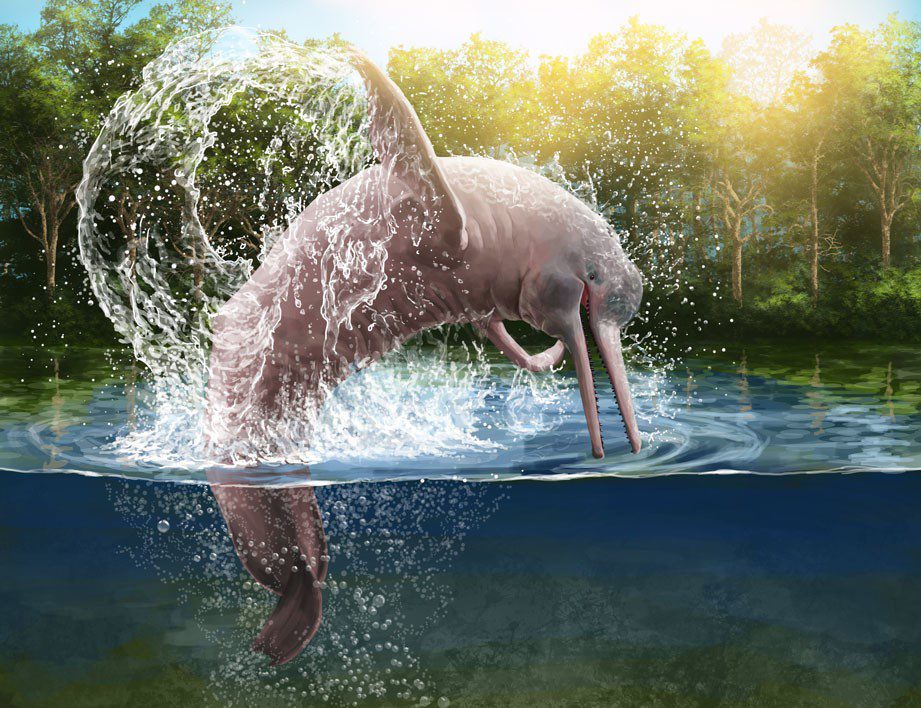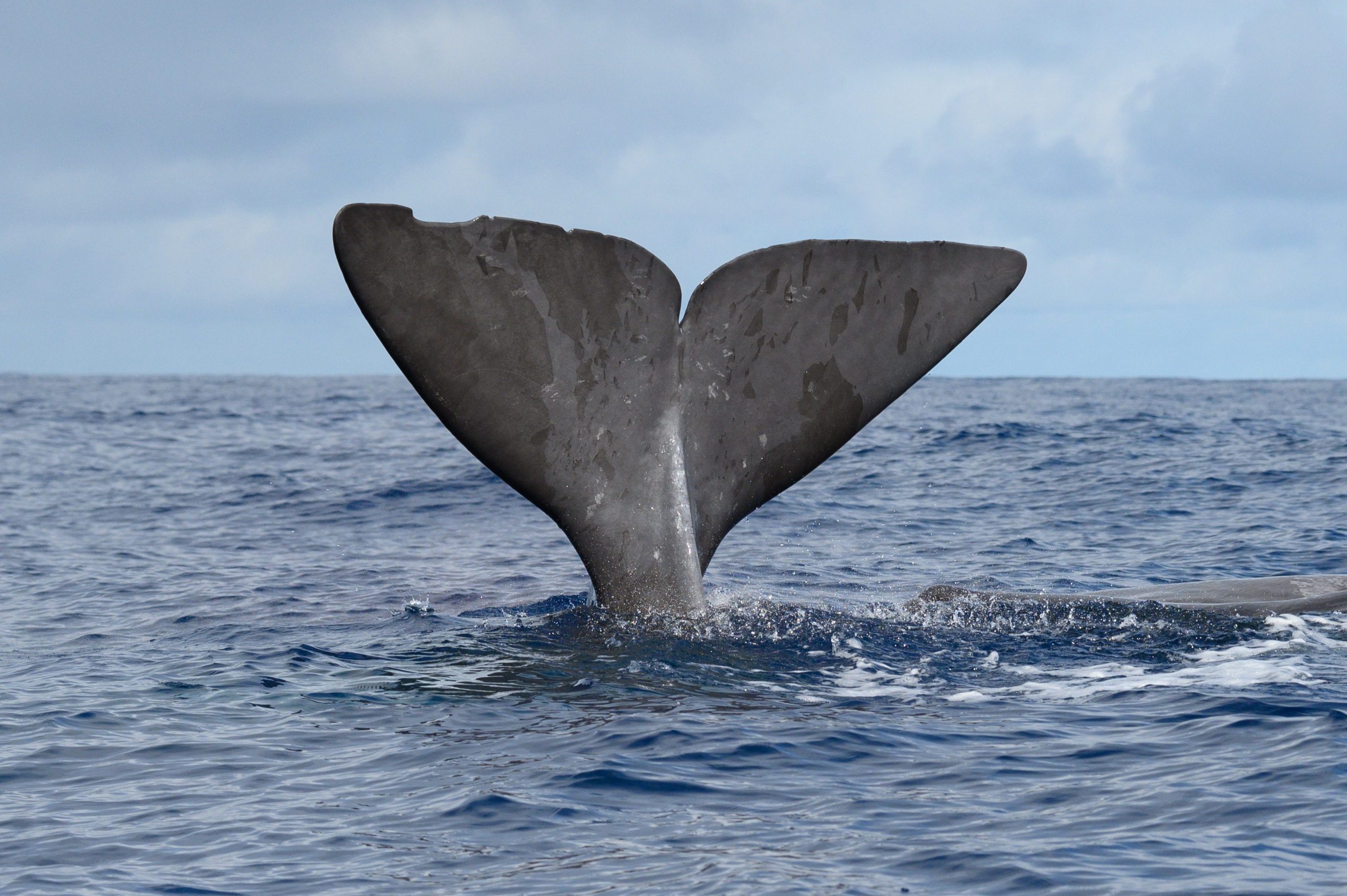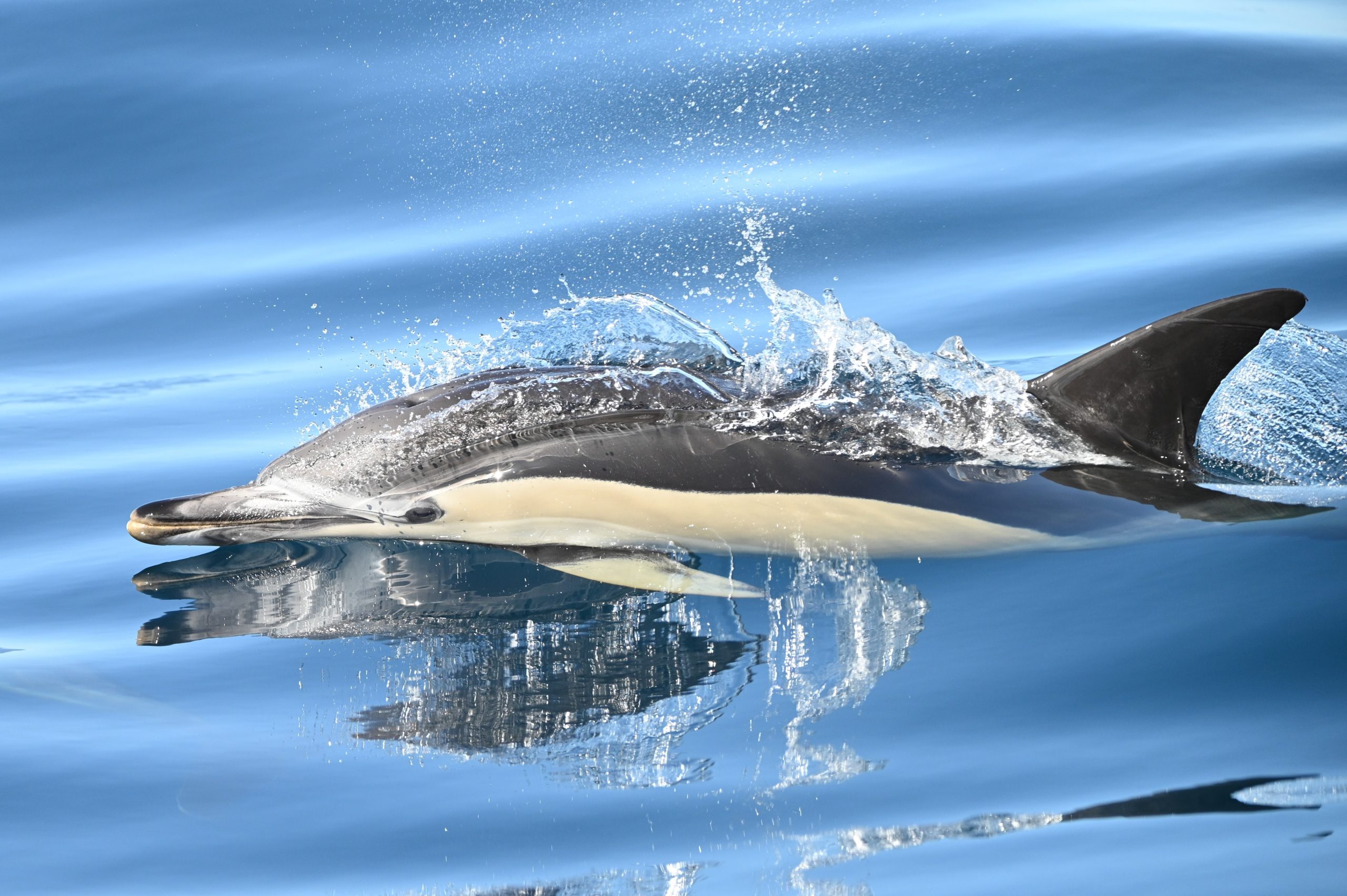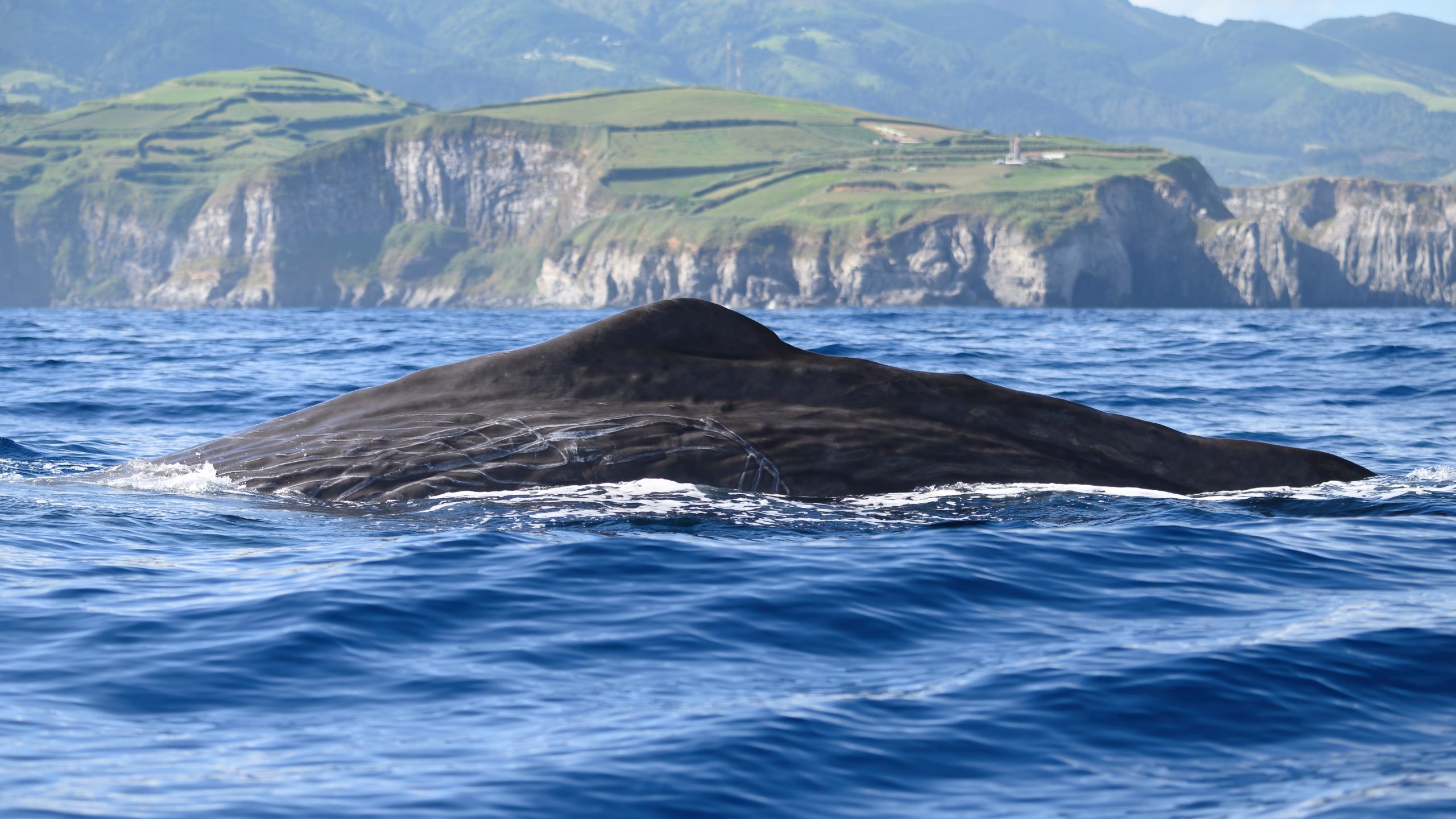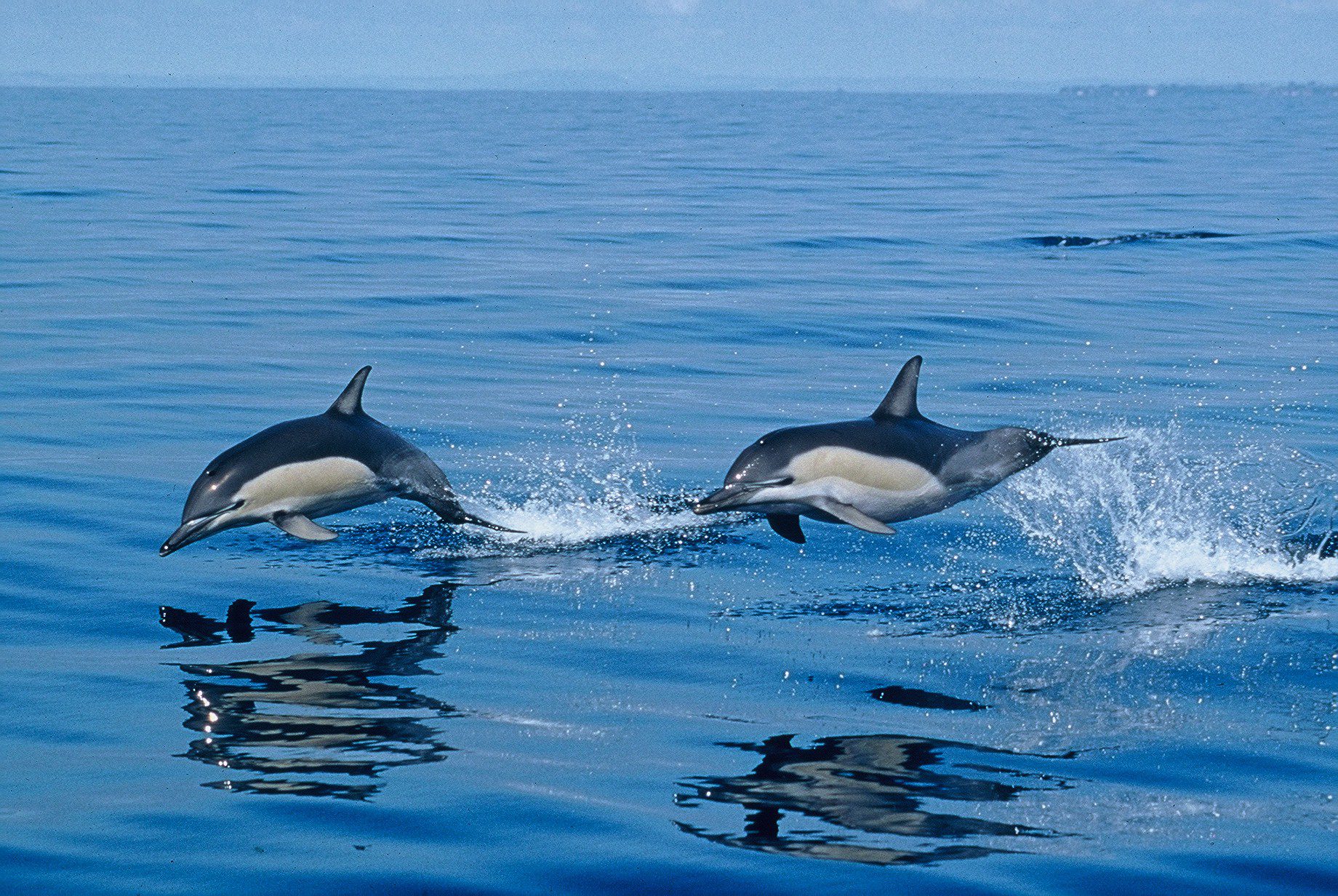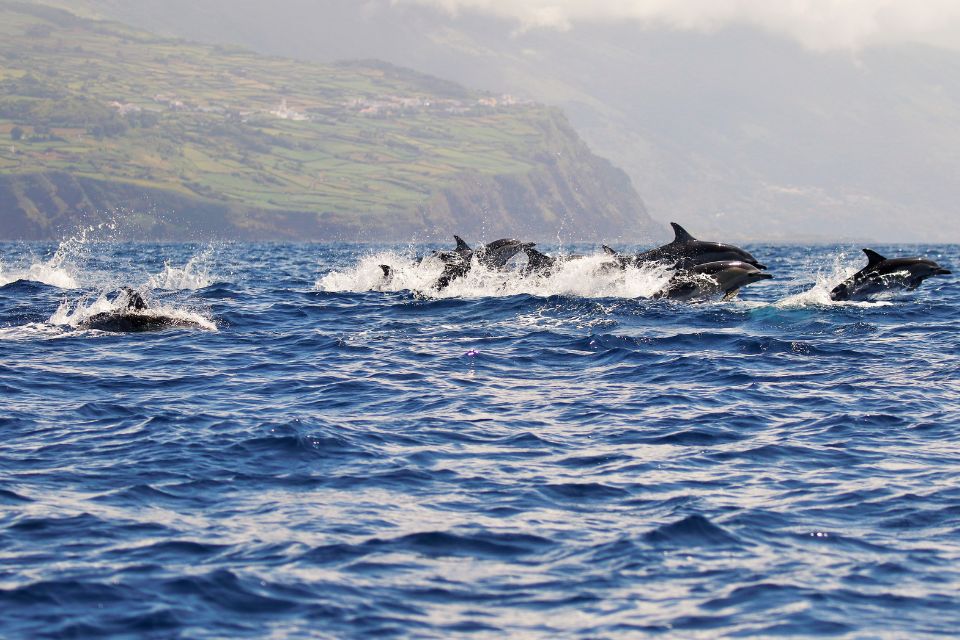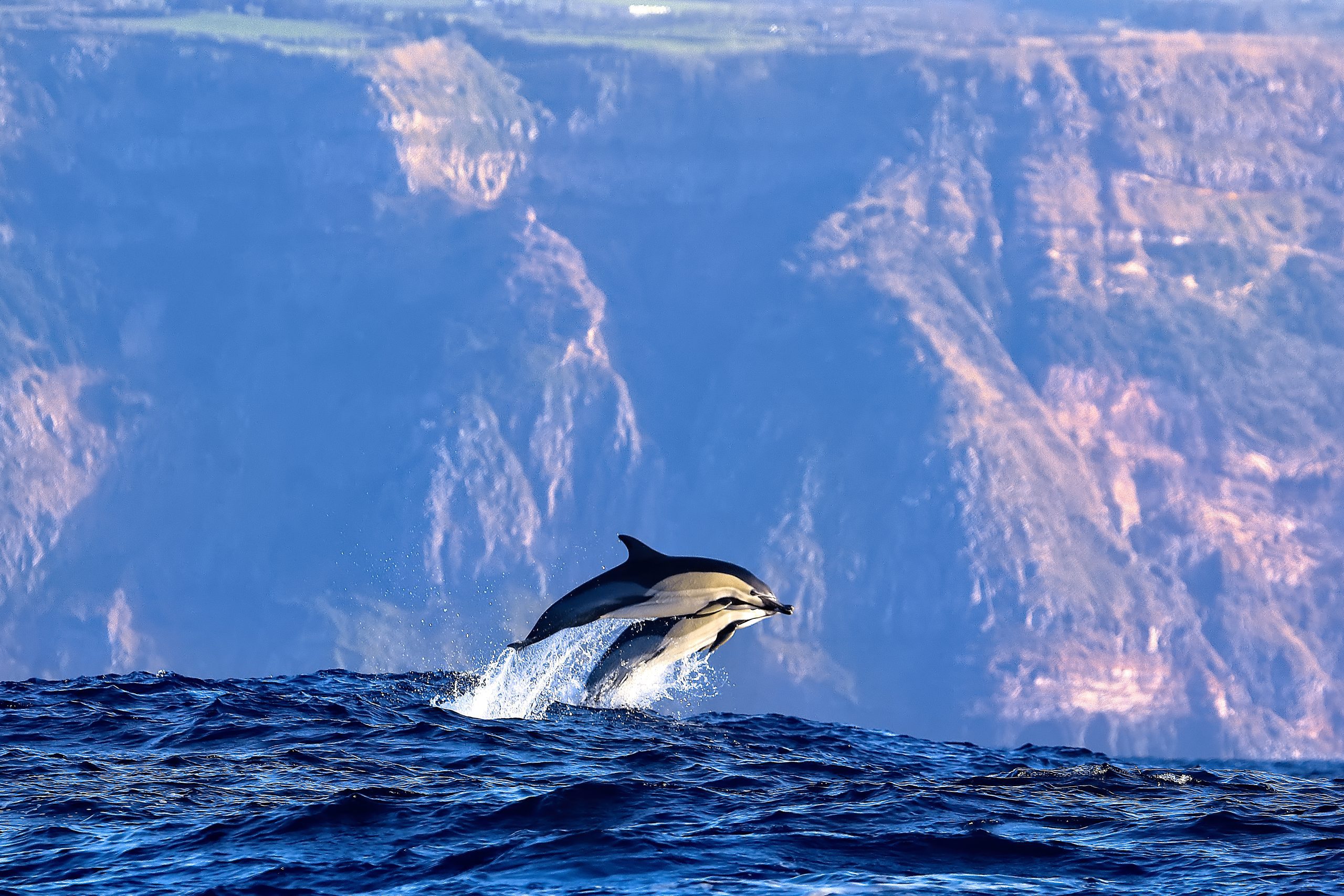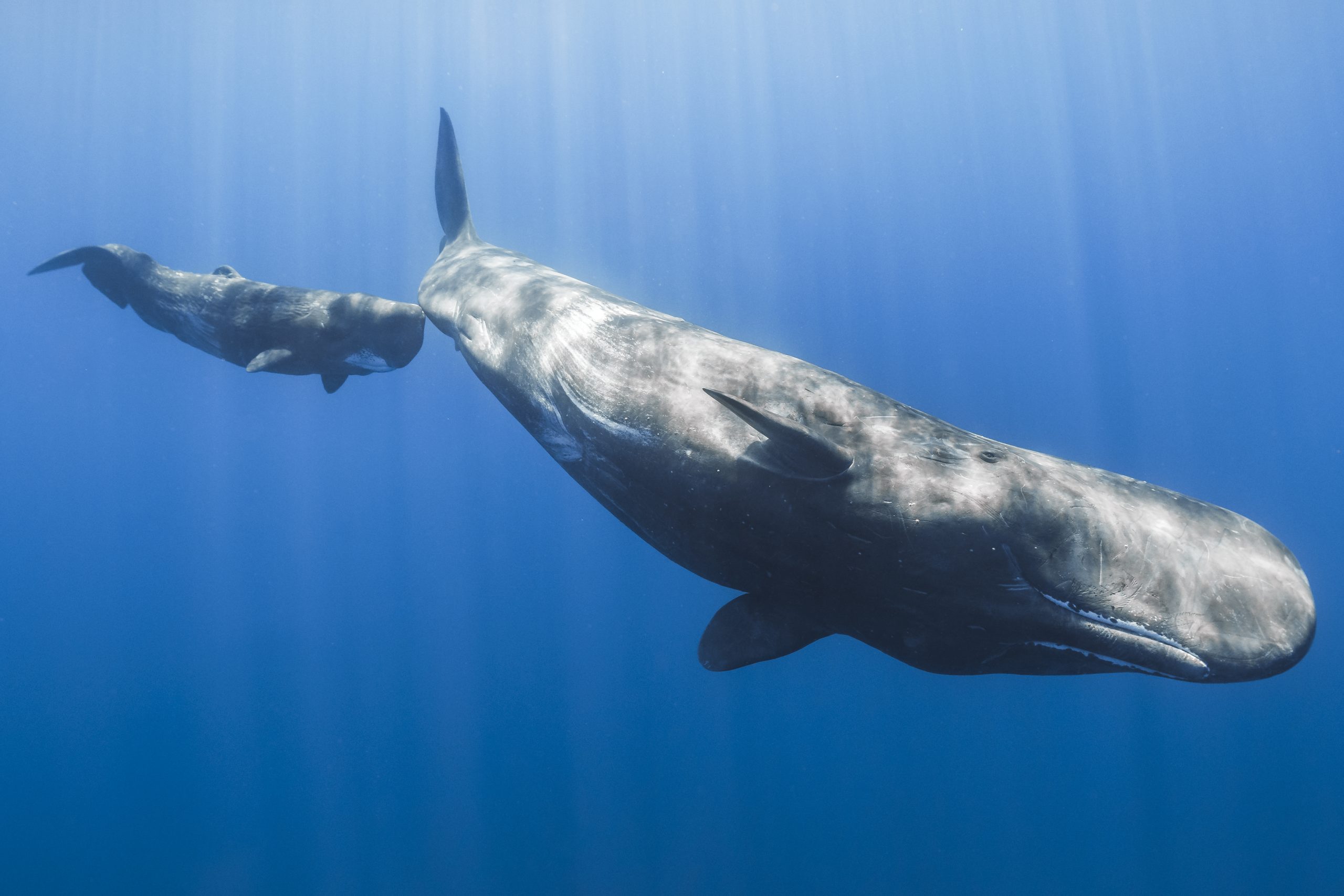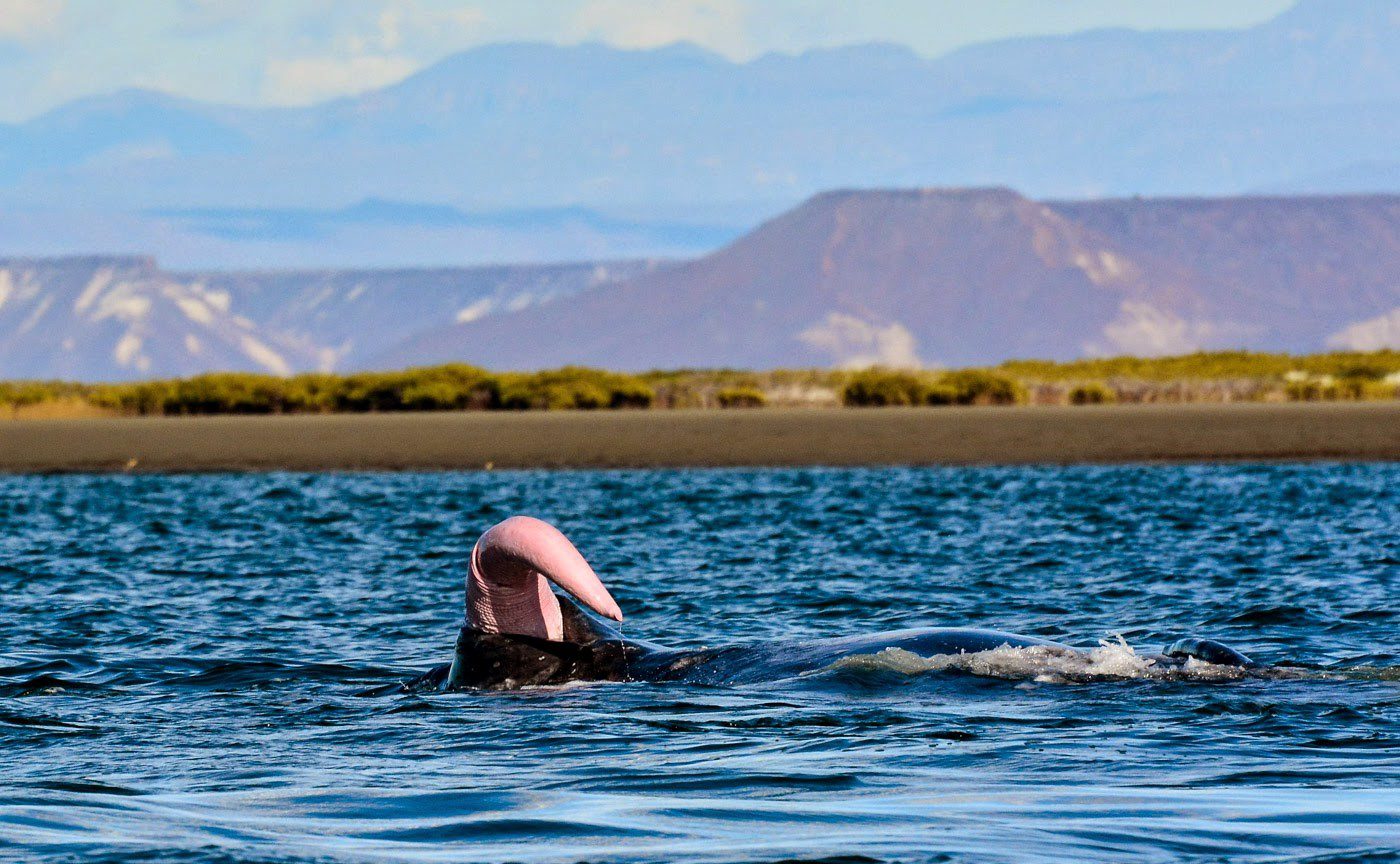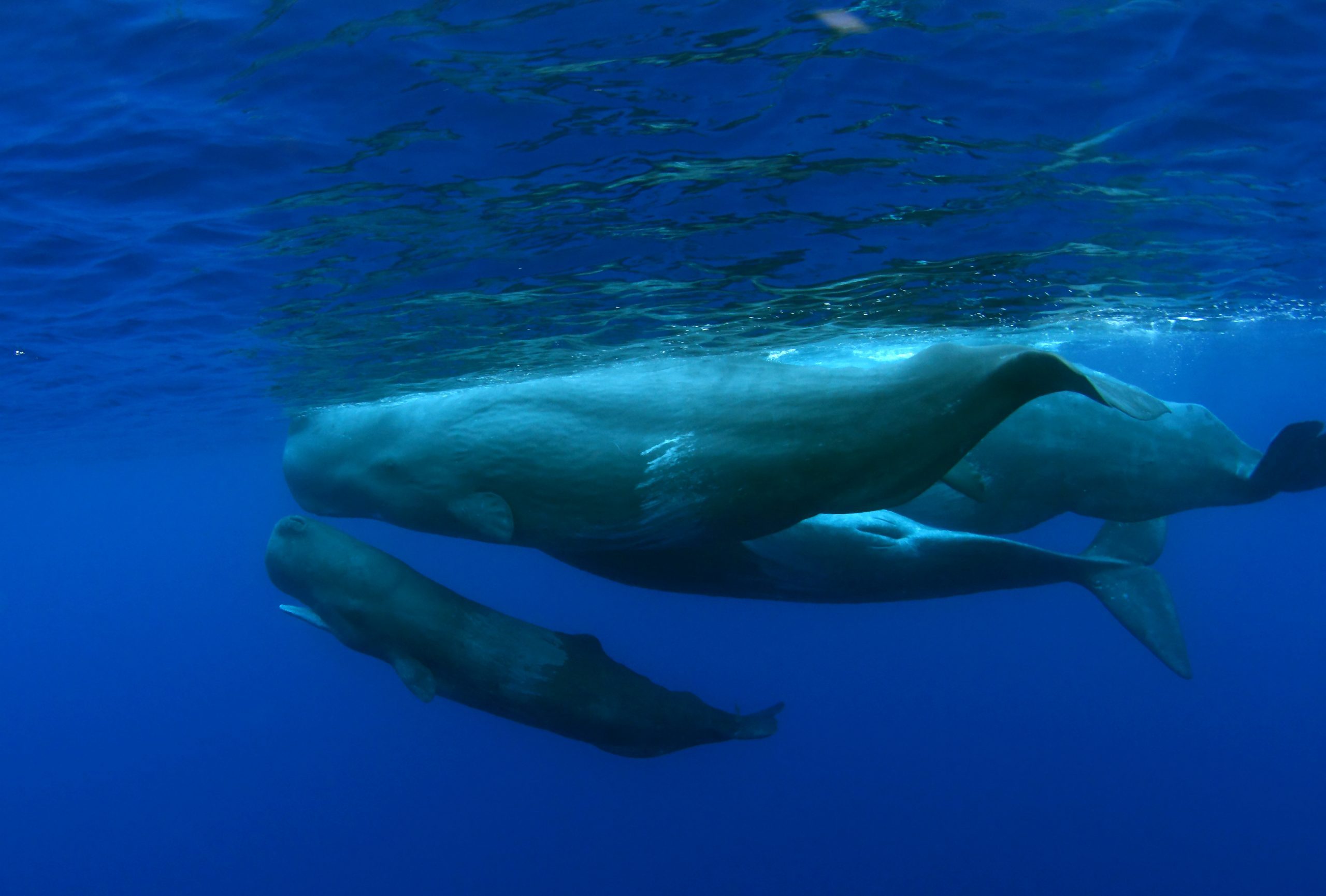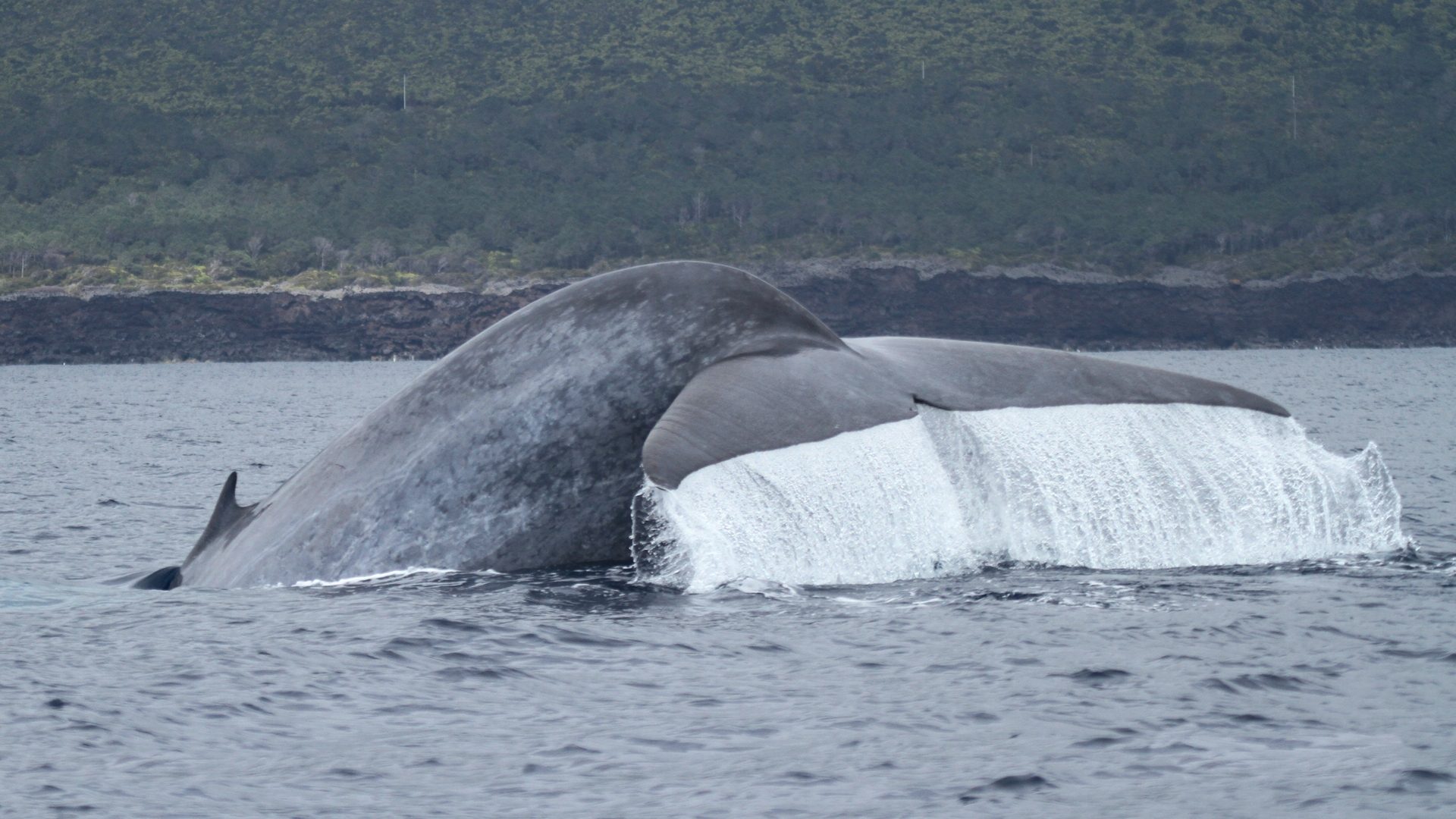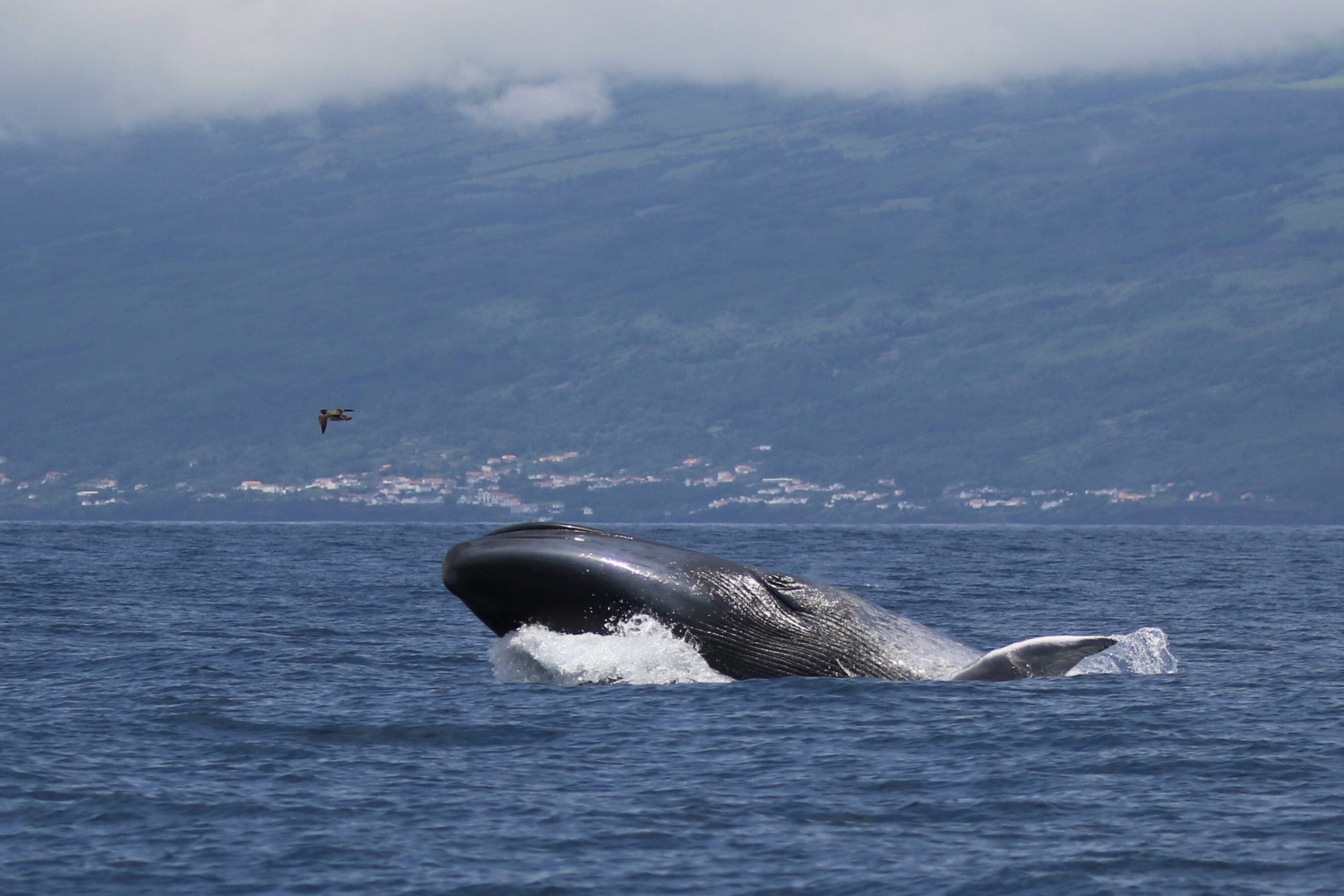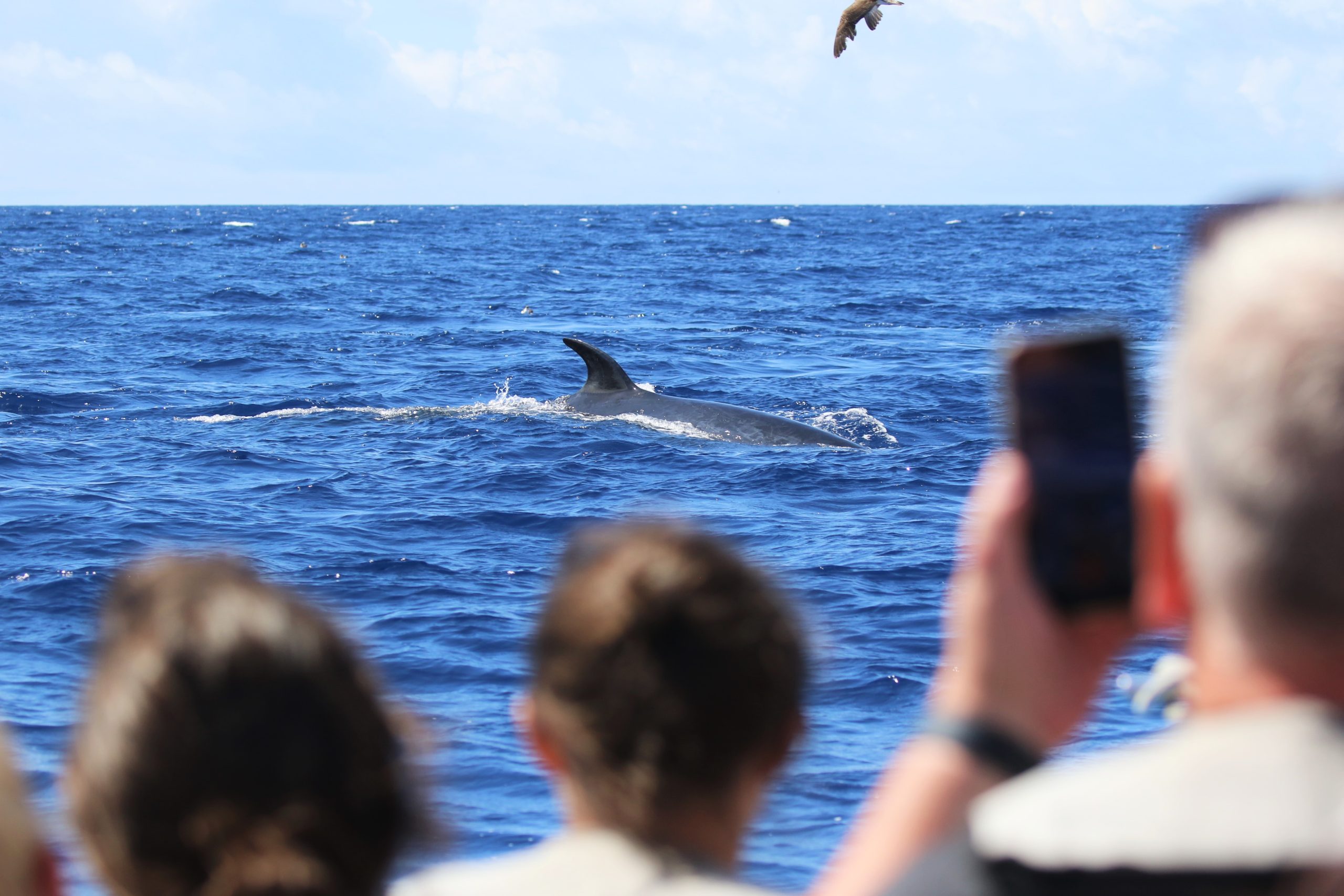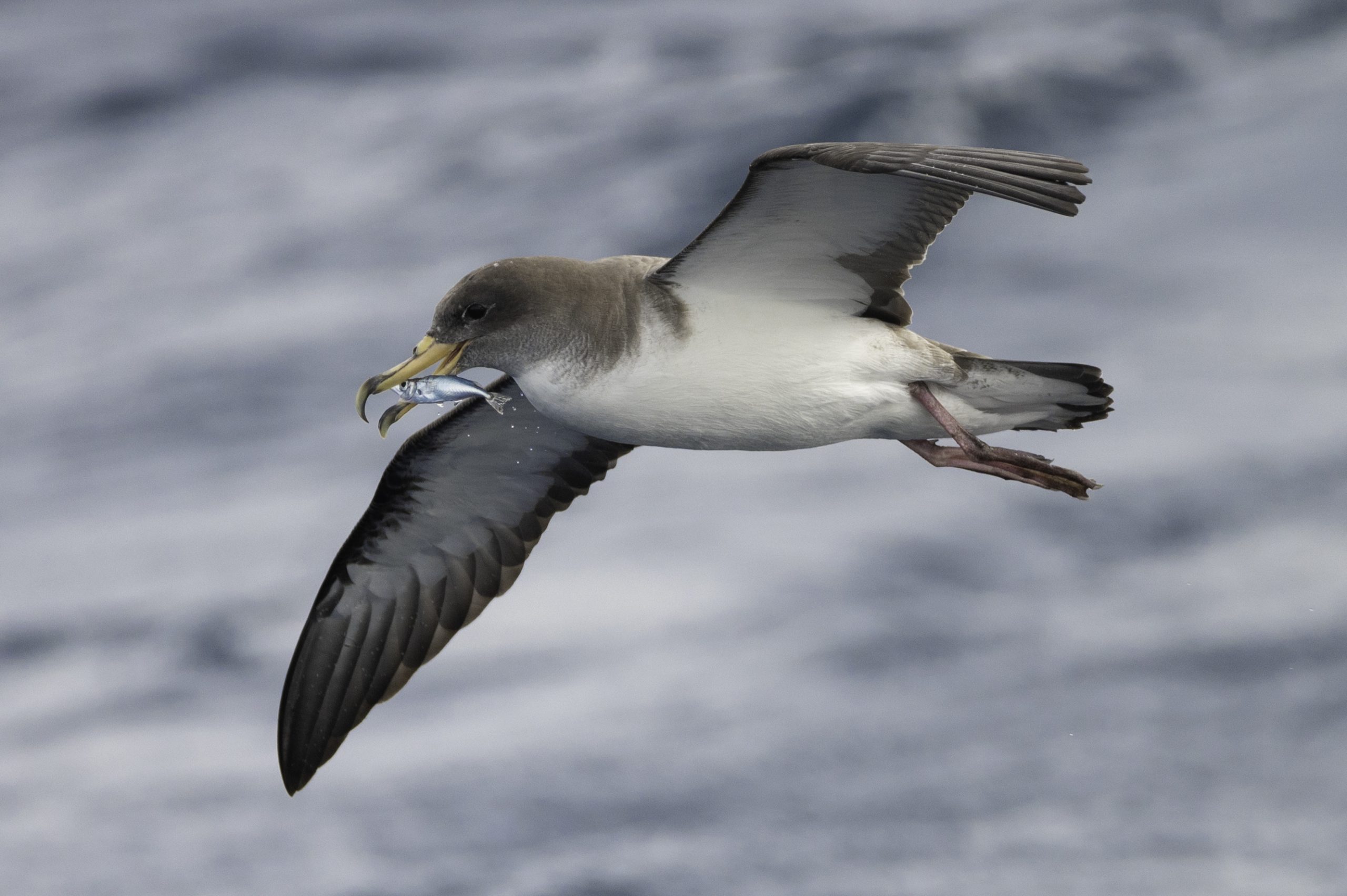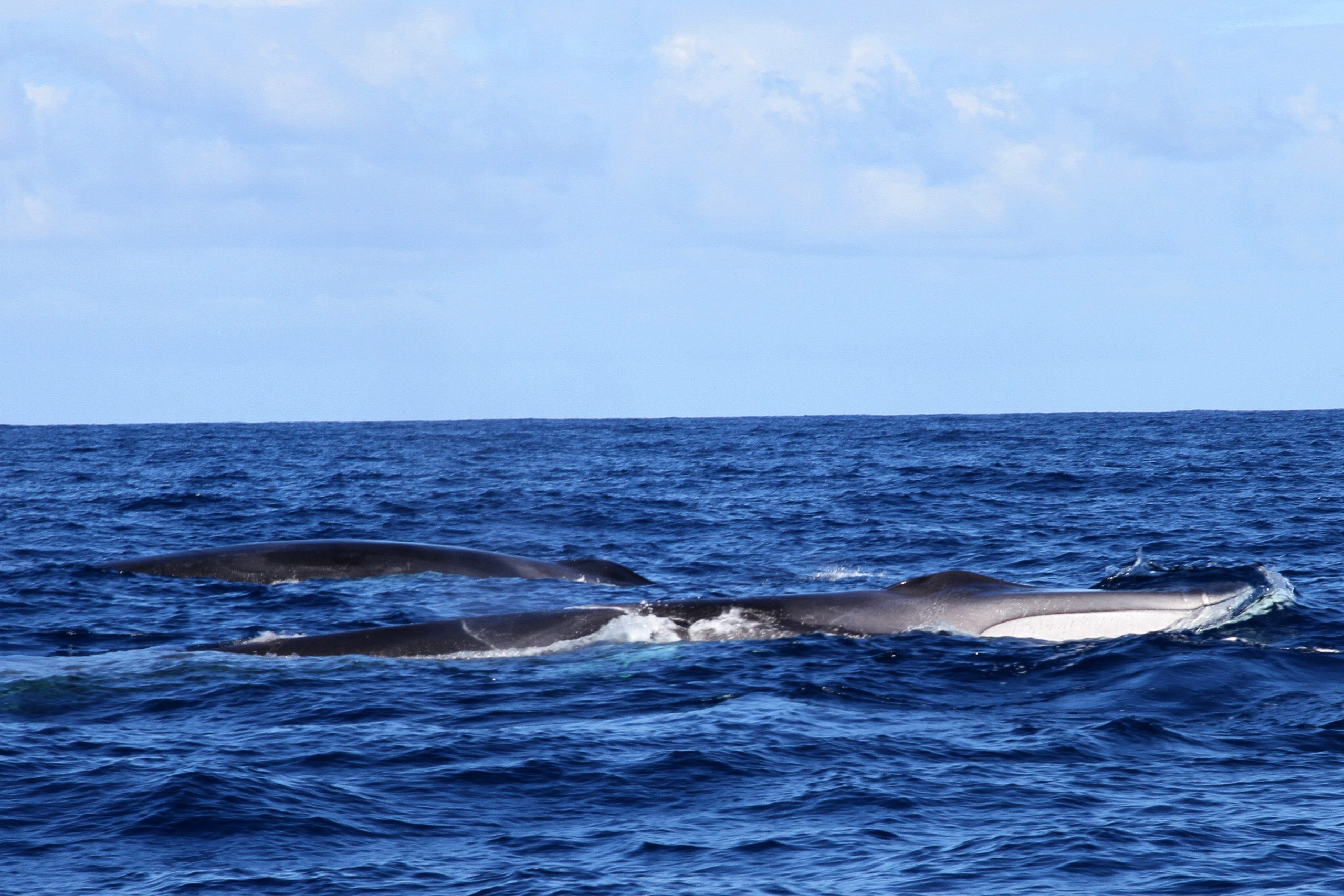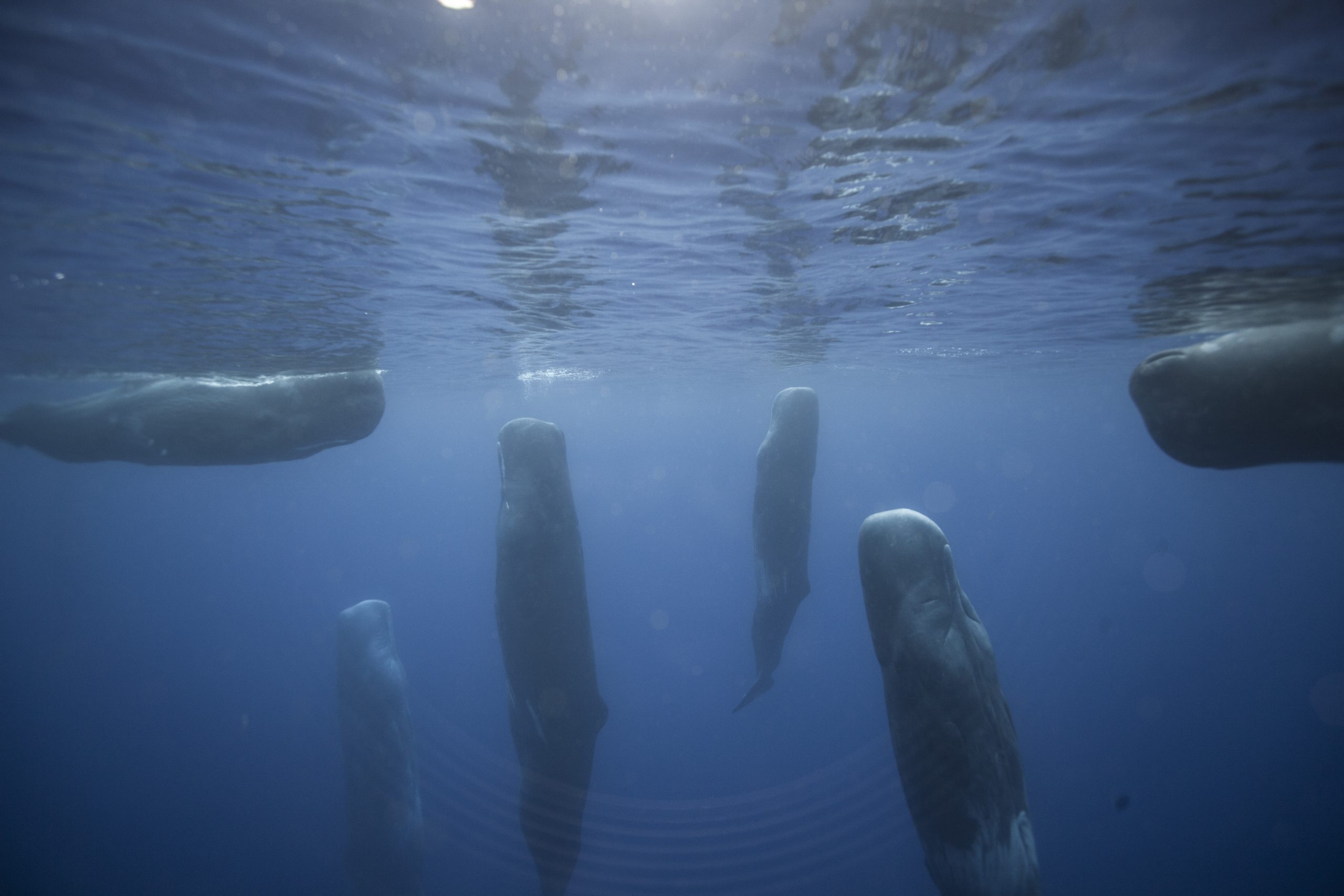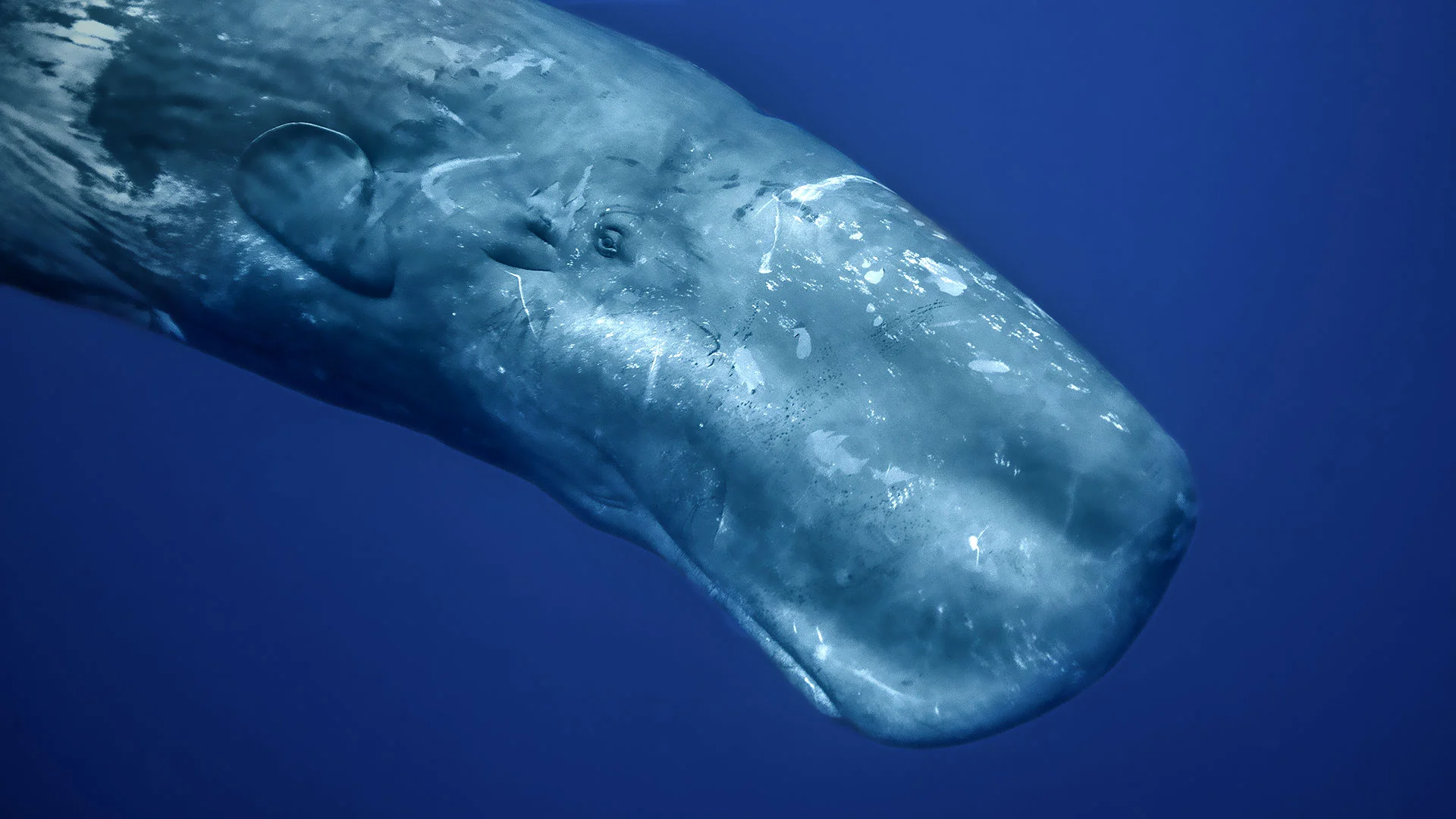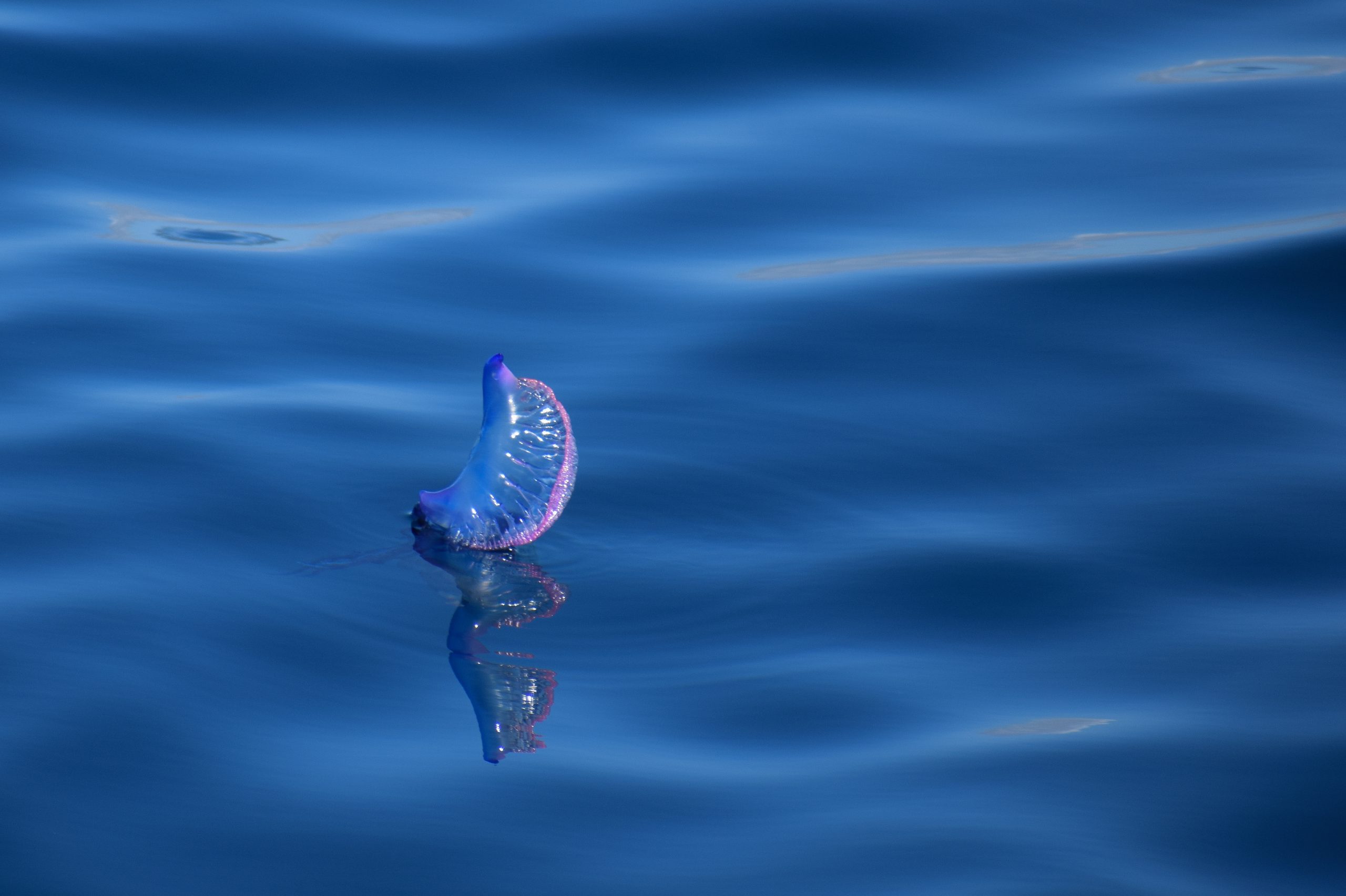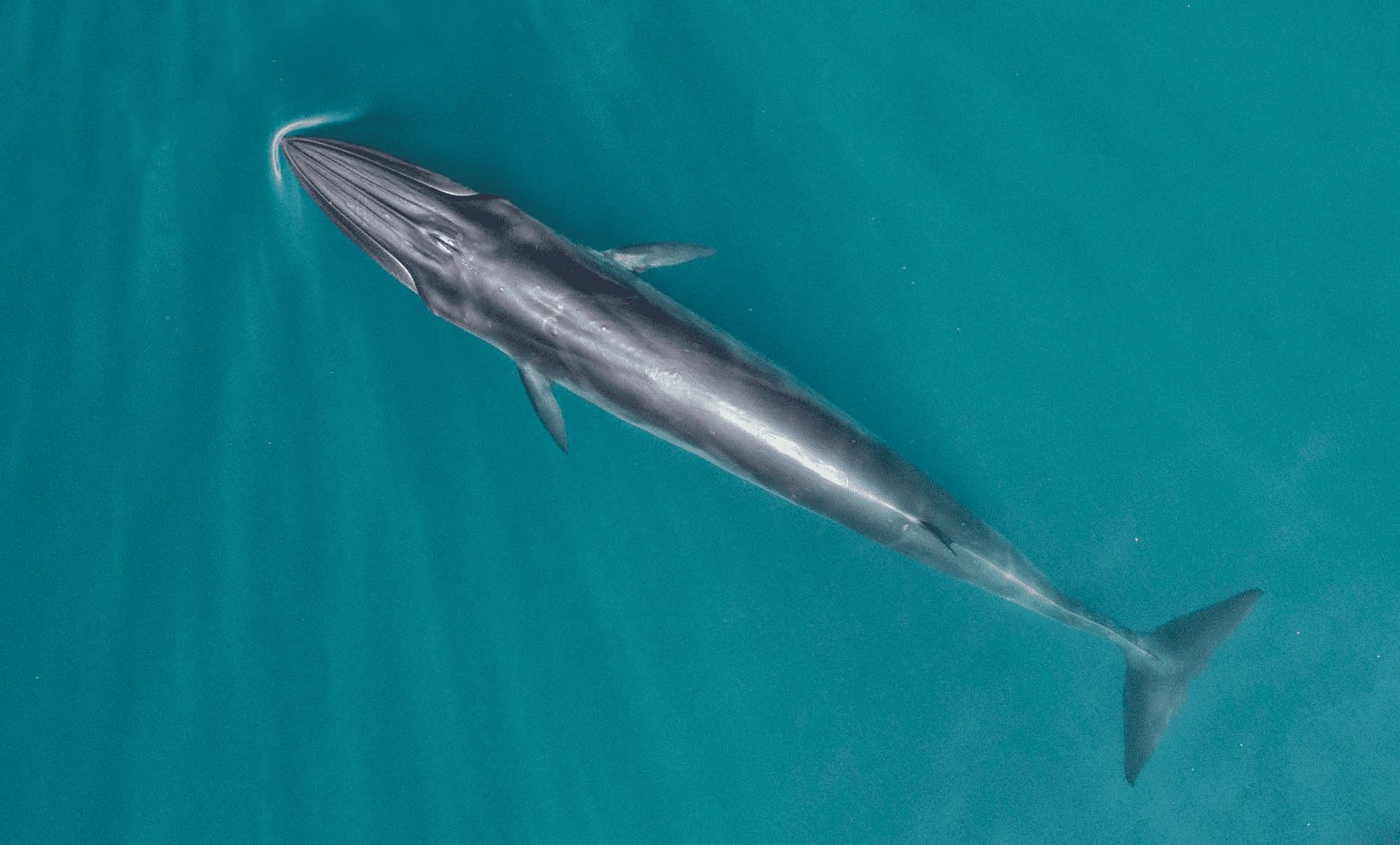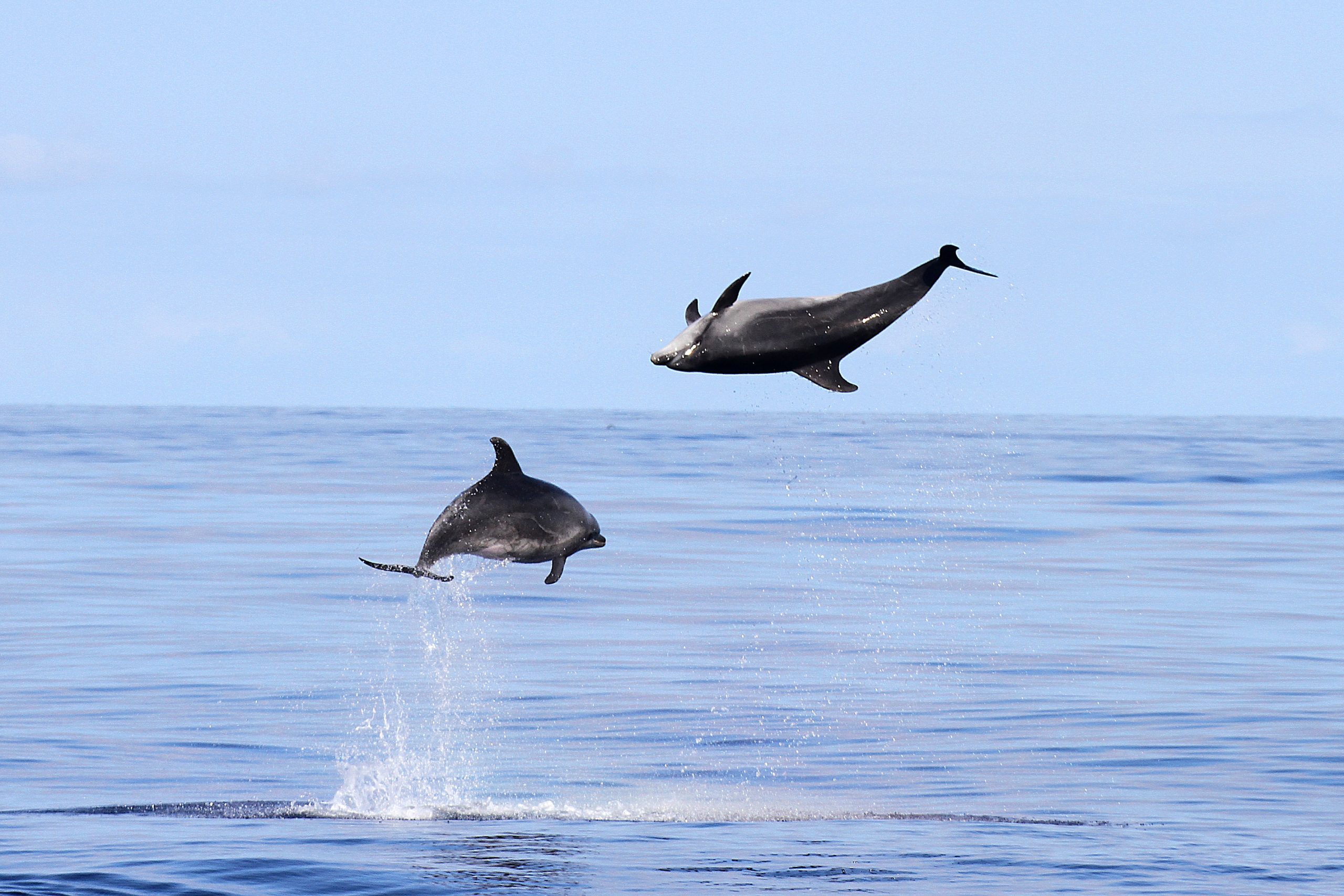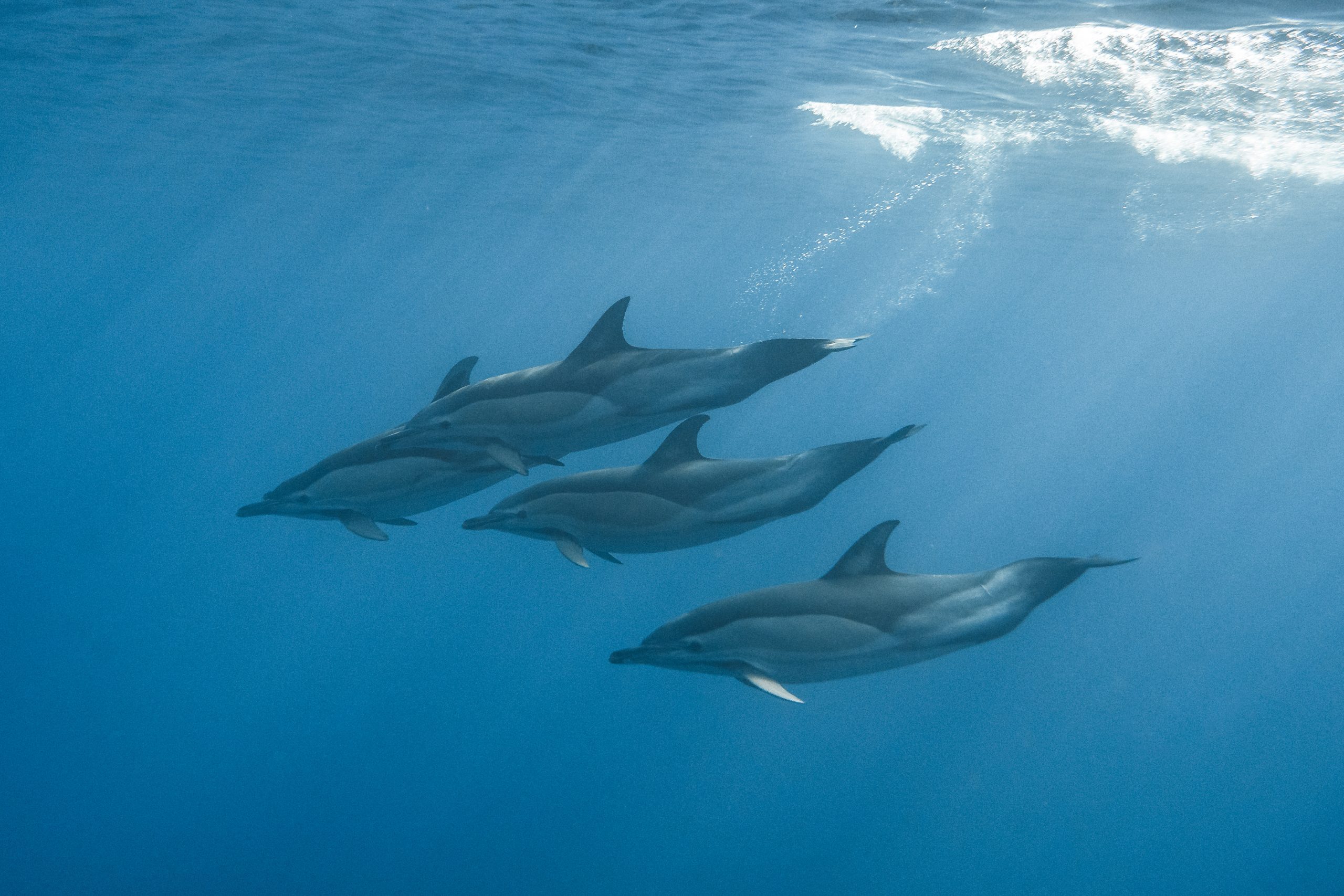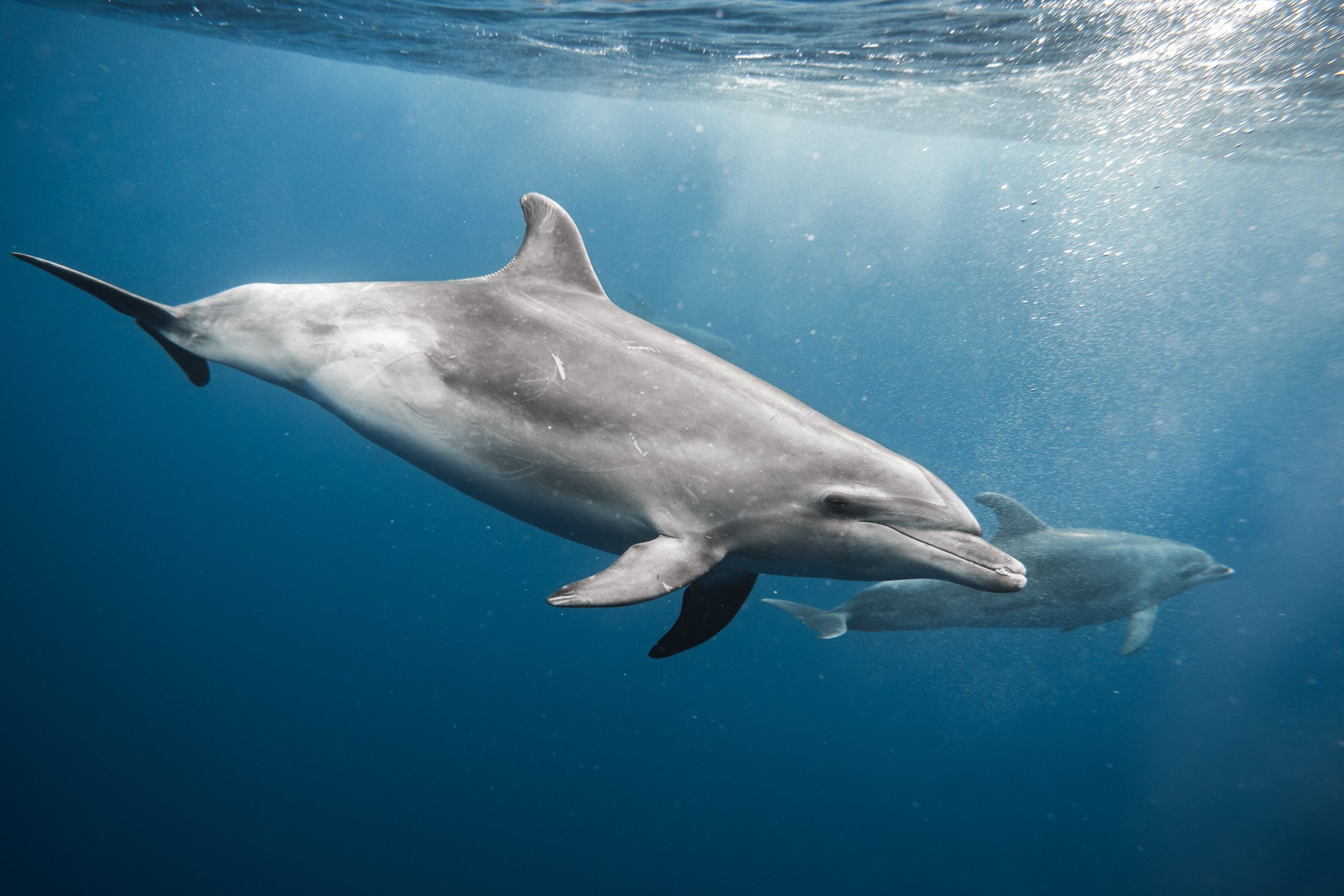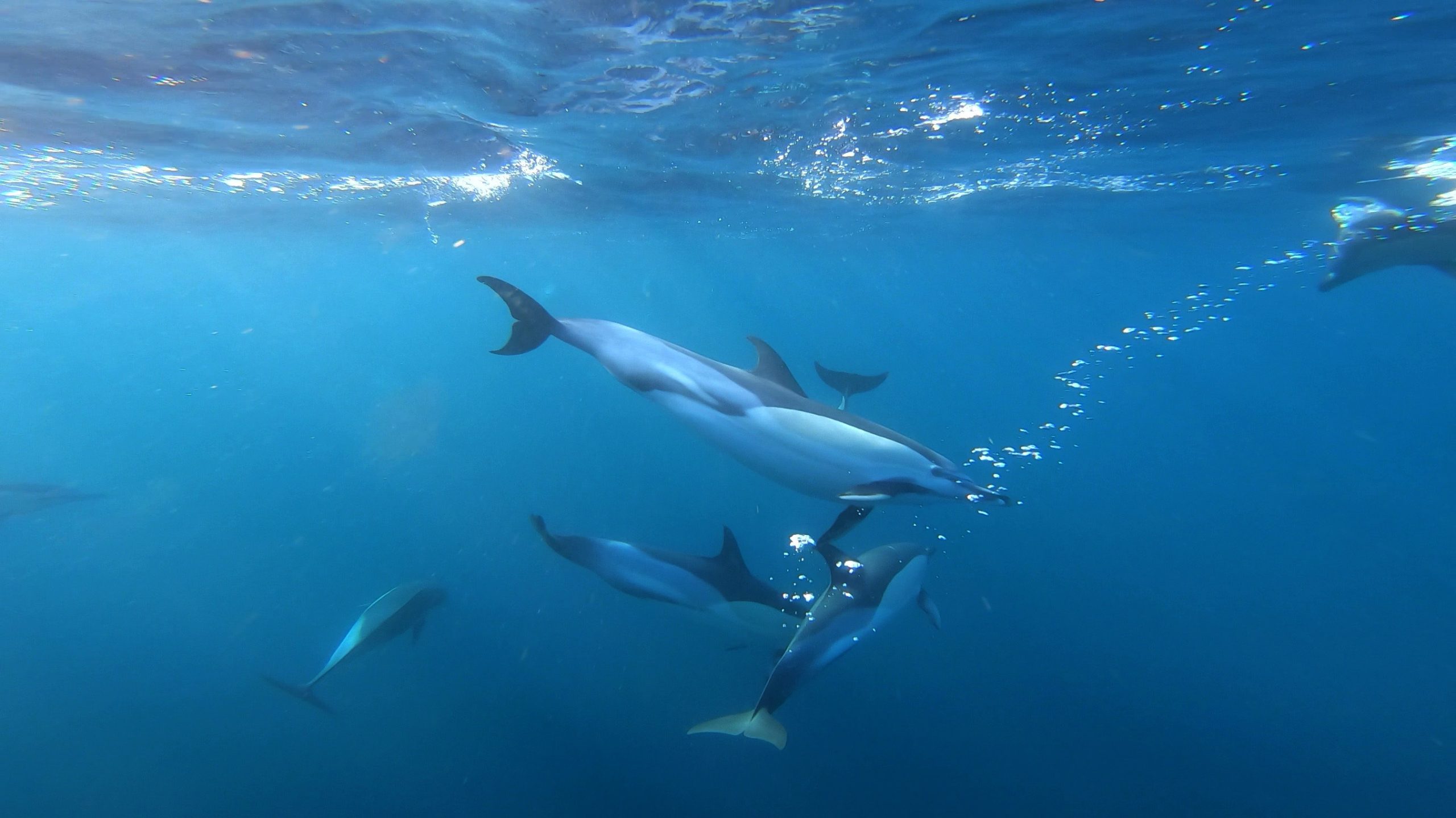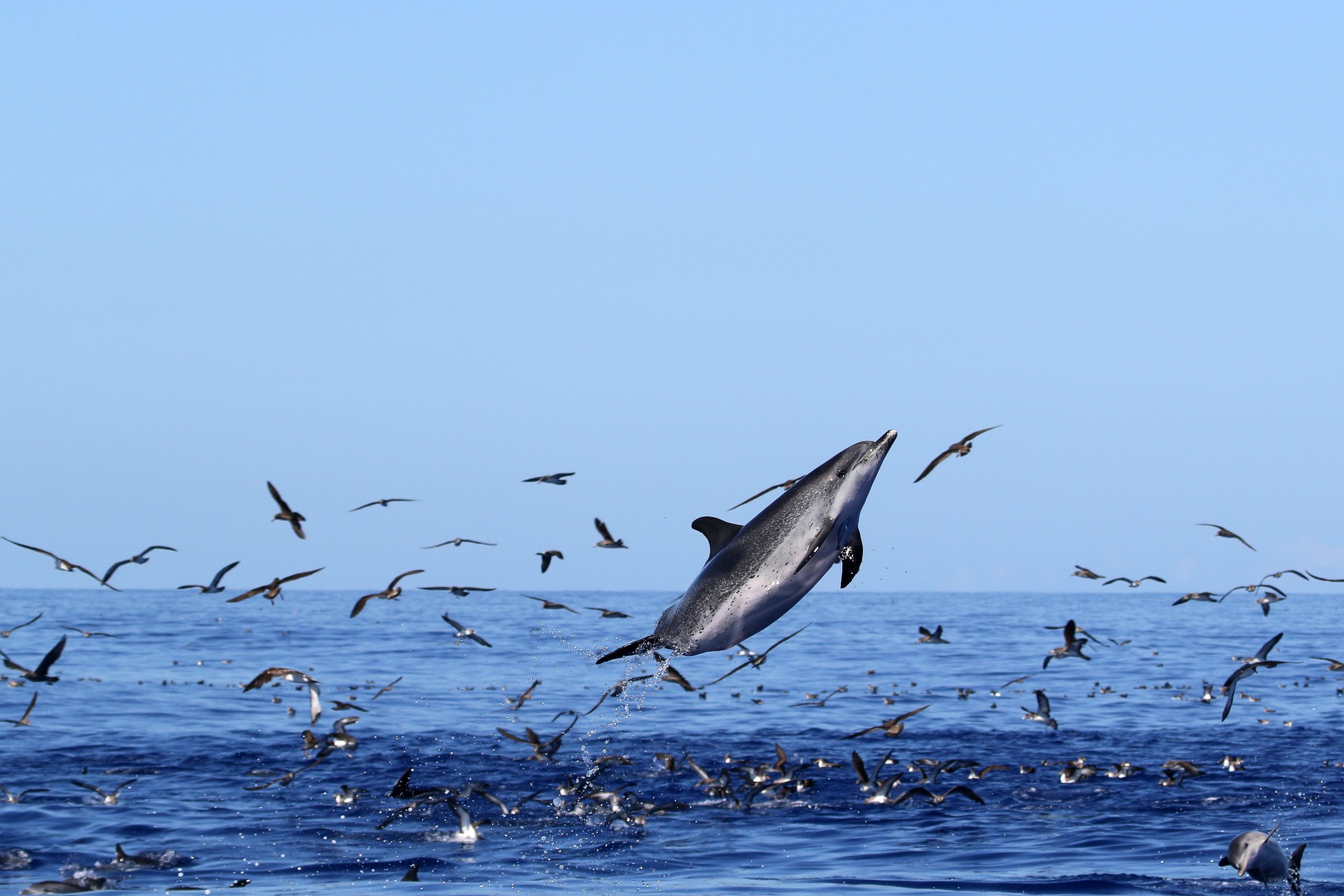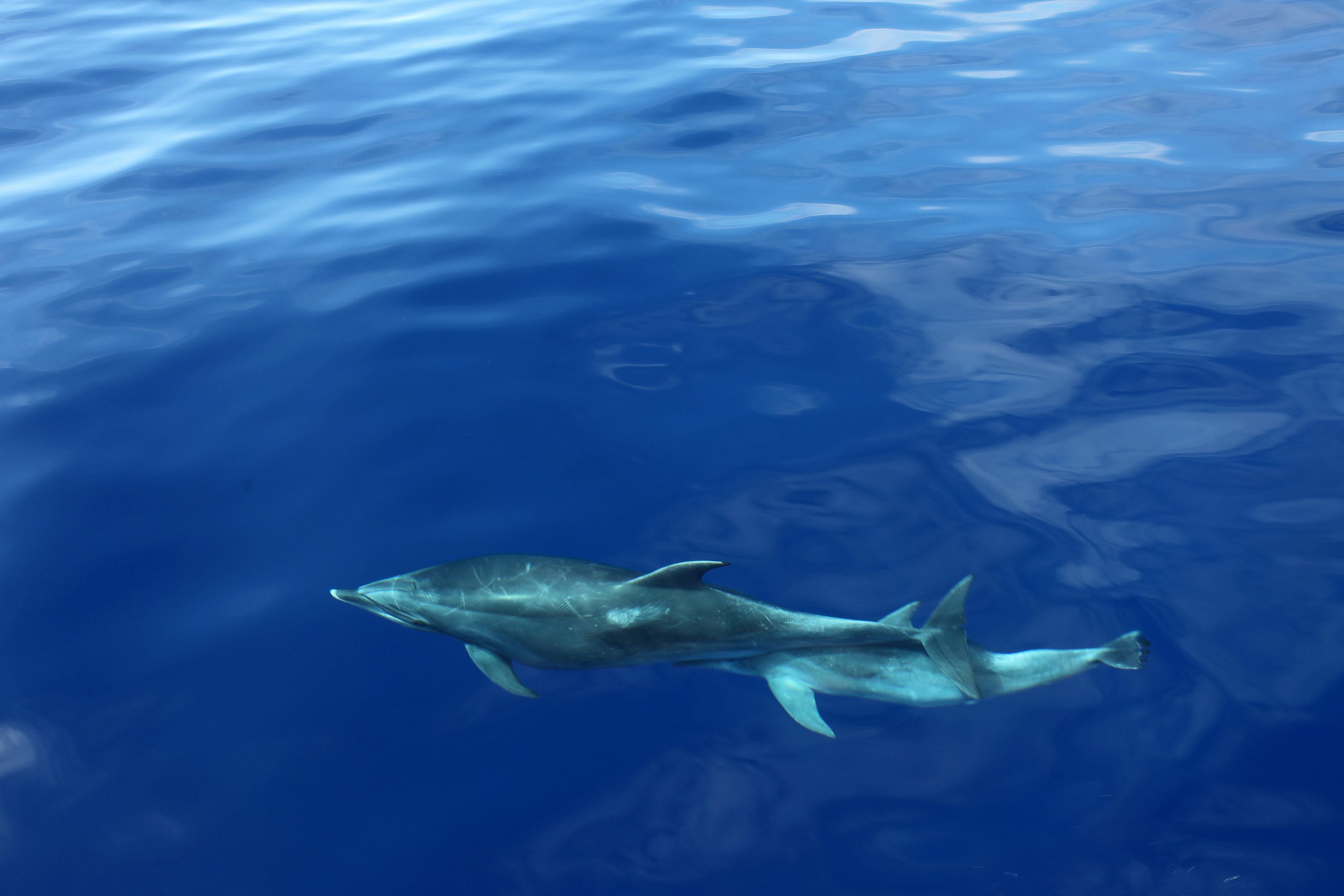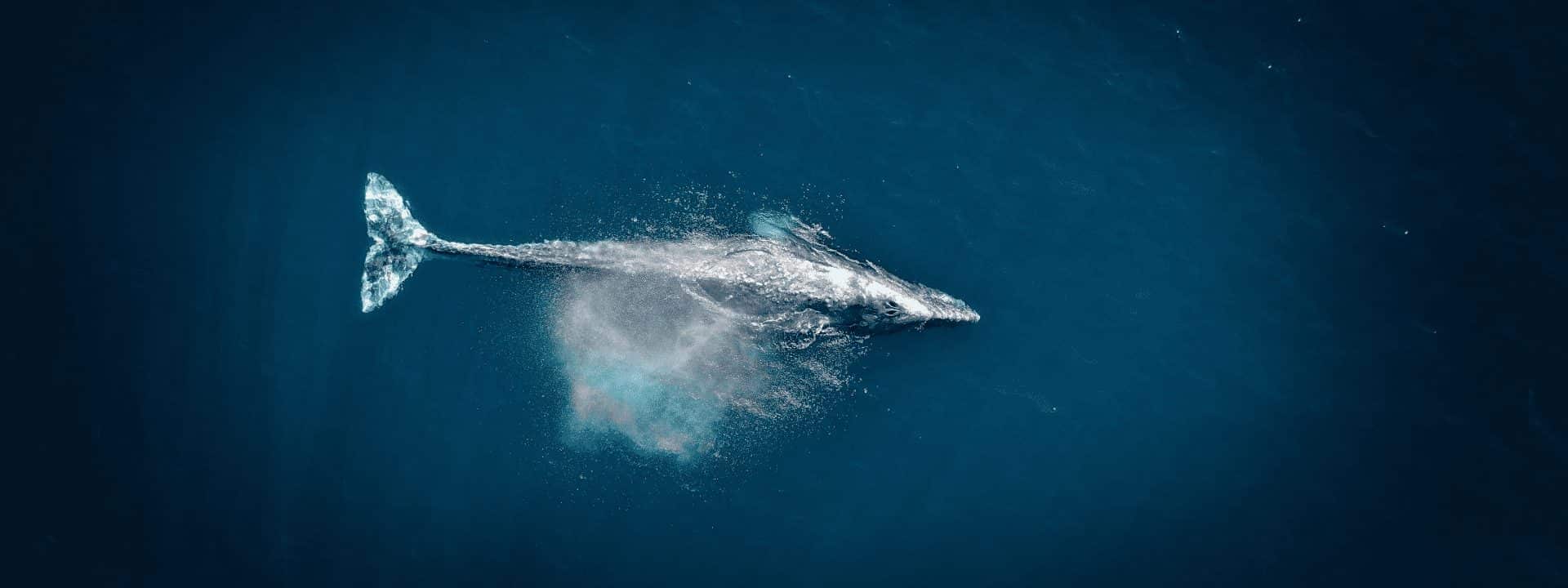The blue whale, a giant of our earth, can dive up to about 35 minutes and 1000 feet (304.8 m) deep. Nevertheless, typical diving times are shorter, ranging from about 5 to 15 minutes, yet still much longer than for most humans. However, since blue whales are mammals living in a marine environment, the question remains: how do they manage to hold their breath for so long? To answer this fascinating question, we have to dive a bit deeper into the anatomy and diving behavior of these gentle giants!
Respiration in Whales
Whales are not fish; they are mammals, which means they do not have gills to breathe underwater. However, they still need to surface to breathe fresh air into their lungs. Whales have become perfectionists in holding their breath for extended periods. Depending on the species, time spent underwater varies from a few minutes to several hours!
| Cetacean Species | Average Dive Time (min) | Maximum Dive Time (min) |
|---|---|---|
| Blue whale | 20 | 36 |
| Sperm whale | 45 | 138 |
| Cuvier’s beaked whale | 60 | 222 |
| Killer whale | 4 | 16 |
And if you’re now wondering whether whales can drown, the answer is no — they possess a special mechanism that prevents it. However, when they cannot surface, they eventually suffocate and die. Typically, this suffocation occurs only because of entanglement or severe trauma caused by loud underwater noises or intense pressure.
The Blue Whale

Undoubtedly, whales are mammoth creatures – and the blue whale exceeds them all. You’d probably think that all the organs in blue whales are extraordinarily huge, and thus, they have enormous lungs, which can store more air, resulting in longer dives. However, it’s not that easy! In the following paragraphs, I will explain why and how a blue whale can hold its breath for a long time.
Blue Whale Anatomy

Yes, blue whales have enormous lungs with a capacity of about 5000 liters. However, proportionally, whales have smaller lungs than humans. While a human lung takes up about 7% of the internal body cavity, the lungs of whales only take up about 3% of it. Whales have uniquely structured lungs with interconnected, well-perfused air sacs that allow them to breathe far more efficiently. The more important fact, however, is that blue whales can store up to 90% of their oxygen intake.
All baleen whales usually have two blowholes, facilitating higher oxygen intake. The complete respiratory system of whales is much more efficient than that of their land-living ancestors. Whales use their blowholes efficiently, closing them with a minor muscular flap during dives and opening them only at the surface. They then forcefully exhale to clear surrounding water molecules, preventing them from entering the trachea and lungs. A flexible ribcage further prevents these highly adapted lungs from collapsing under pressure.
Besides their large lungs, blue whales also have a massive 200 kg heart, which must pump over 1000 liters of blood through their immense body. Generally speaking, blood takes up to 20% of the body volume in whales, but only up to 7% in humans. Moreover, blood and muscles, which contain special proteins called hemoglobin and myoglobin, appear to be the central oxygen storage in whale bodies. In each of these proteins, whales possess 30% more than humans, allowing for up to 35% more oxygen storage in whales. In total, whales can store up to 75% of the inhaled oxygen in their circulatory system!
Blue Whale Diving
One of the essential conditions for long dives is checked before entering the deep abyss. Instead of inhaling and diving, they exhale about 90% of the trapped air at up to 600 km/h before descending. Part of the highly efficient gas exchange in cetaceans is based on this mechanism since stale air gets expelled first, and thus, more fresh oxygen can be absorbed. The result is oxygen absorption of about 90% per breath in whales and only up to 15% in humans. Another advantage is that without the air-filled lung, buoyancy decreases, and sinking requires less movement and energy, thus reducing oxygen use.
Dive Response & Underwater Adaptations
Additionally, the so-called dive response in marine mammals helps them to stay underwater for a long time. This mechanism consists of several altered body activities. A good example is the slowed-down heart rate in diving individuals. They can slow it down to about three beats per minute. Furthermore, the blood supply to non-essential organs, such as skin and digestion-related organs, is reduced. This mechanism is called ischemia. Some blood pathways are even completely blocked while diving. Here, we can see the importance of resting periods on the surface because prolonging these processes can become harmful to the animal.
On top of that, anaerobic respiration offers a breathtaking opportunity to stay longer underwater. Usually, most whales start this respiration process after at least 90% of the dive. Due to biochemical processes, lactic acids build up, reducing muscle efficiency and causing fatigue. This situation is similar to our sore muscles after intense training. Using this type of respiration earlier may result in problems and exhaustion during the dive. Only beaked whales, the record divers, have found an unknown mechanism to deal with these issues. As they are known to dive for up to almost four hours, they may commonly use anaerobic respiration during the last hour of their dive.
Would you like to know the best times for whale watching?
Take a look at our whale watching calendar and plan your next adventure! Don’t miss the chance to spot these majestic creatures in Azorean waters. 🐋 🌊
Foraging Behavior & Prey of Blue Whales
The main prey of blue whales consists of plankton, small fish, and krill, which are typically found in the upper layers of the water column in our oceans. Given the basis that natural evolution favors efficiency and survival (reproduction) success, the blue whale has no apparent reason for diving extremely deep and long. Studies suggest further that the lunge-feeding foraging strategy of blue whales is very energy-consuming and, thus, limits their dive duration. Researchers supported this hypothesis by examining other big baleen whales with different foraging behaviors, which tend to have longer dive durations.
Conclusion
All in all, this article sheds light on these mystical creatures and their diving behavior. Blue whales don’t rank among the marathon divers, as they typically stay underwater for only about half an hour. Still, they showcase incredible adaptations to their environment, and watching their massive bodies glide through the water is truly mesmerizing!
If you want to see these stunning ocean giants up close in real life, your chance is here! Blue whales migrate through the waters of the Azores during springtime, between March and the beginning of June of each year. Just get in touch with us! Book your tour with our knowledgeable biologists from Futurismo and learn much more about these fascinating whales!
Bibliography
General Whale and Marine Mammal Biology
- Carwardine, M. (2019). Handbook of Whales, Dolphins, and Porpoises. Bloomsbury Publishing.
- Sears, R., & Perrin, W. F. (2009). Blue whale: Balaenoptera musculus. In Encyclopedia of Marine Mammals (pp. 120–124). Academic Press.
- Mizroch, S. A., Rice, D. W., & Breiwick, J. M. (1984). The blue whale, Balaenoptera musculus. Marine Fisheries Review, 46(4), 15–19.
Diving Behavior and Physiology
- Butler, P. J. (1988). The exercise response and the “classical” diving response during natural submersion in birds and mammals. Canadian Journal of Zoology, 66(1), 29–39.
- McCulloch, P. F. (2012). Animal models for investigating the central control of the mammalian diving response. Frontiers in Physiology, 3, 169.
- Panneton, W. M. (2013). The mammalian diving response: an enigmatic reflex to preserve life? Physiology, 28(5), 284–297.
- Panneton, W. M., & Gan, Q. (2020). The mammalian diving response: inroads to its neural control. Frontiers in Neuroscience, 14, 524.
- Kaczmarek, J., Reichmuth, C., McDonald, B. I., Kristensen, J. H., Larson, J., Johansson, F., … & Madsen, P. T. (2018). Drivers of the dive response in pinnipeds; apnea, submergence or temperature? Journal of Experimental Biology, 221(13), jeb176545.
Energetics, Physiology, and Oxygen Use
- Davis, R. W., Polasek, L., Watson, R., Fuson, A., Williams, T. M., & Kanatous, S. B. (2004). The diving paradox: new insights into the role of the dive response in air-breathing vertebrates. Comparative Biochemistry and Physiology Part A: Molecular & Integrative Physiology, 138(3), 263–268.
- Davis, R. W., & Williams, T. M. (2012). The marine mammal dive response is exercise modulated to maximize aerobic dive duration. Journal of Comparative Physiology A, 198, 583–591.
- Williams, T. M., Fuiman, L. A., Kendall, T., Berry, P., Richter, B., Noren, S. R., … & Davis, R. W. (2015). Exercise at depth alters bradycardia and incidence of cardiac anomalies in deep-diving marine mammals. Nature Communications, 6(1), 6055.
Blue Whale Diving and Feeding Studies
- Croll, D. A., Acevedo-Gutiérrez, A., Tershy, B. R., & Urbán-Ramírez, J. (2001). The diving behavior of blue and fin whales: Is dive duration shorter than expected based on oxygen stores? Comparative Biochemistry and Physiology Part A: Molecular & Integrative Physiology, 129(4), 797–809.
- Acevedo-Gutiérrez, A., Croll, D. A., & Tershy, B. R. (2002). High feeding costs limit dive time in the largest whales. Journal of Experimental Biology, 205(12), 1747–1753.
- Calambokidis, J., Schorr, G. S., Steiger, G. H., Francis, J., Bakhtiari, M., Marshall, G., & Robertson, K. (2008). Insights into the underwater diving, feeding, and calling behavior of blue whales from a suction-cup-attached video-imaging tag (CRITTERCAM). Cascadia Research Collective, Olympia, WA.
- Hazen, E. L., Friedlaender, A. S., & Goldbogen, J. A. (2015). Blue whales (Balaenoptera musculus) optimize foraging efficiency by balancing oxygen use and energy gain as a function of prey density. Science Advances, 1(9), e1500469.
Extreme Diving and Comparative Studies
- Quick, N. J., Cioffi, W. R., Shearer, J. M., Fahlman, A., & Read, A. J. (2020). Extreme diving in mammals: first estimates of behavioral aerobic dive limits in Cuvier’s beaked whales. Journal of Experimental Biology, 223(18).





